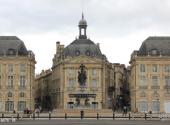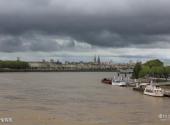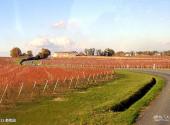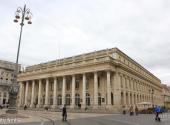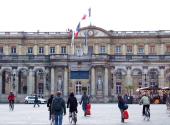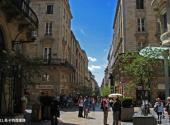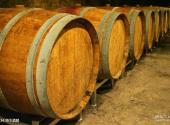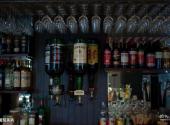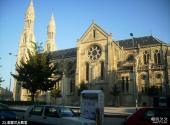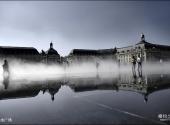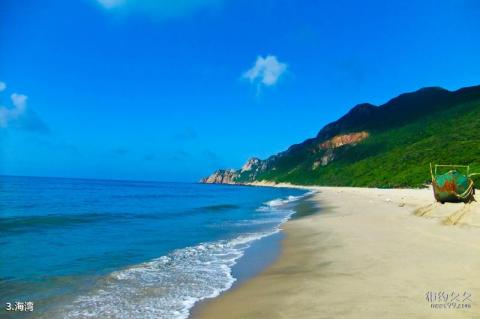
Scenic spot introduction:
Bordeaux, France, is the world's largest wine town. This port city located on the south bank of the Garonne River in southwestern France was established during the Enlightenment and is also known as the Port of Moon. The cityscape of Bordeaux still maintains the neoclassical style formed in the early 18th century. It is the city with the most protected buildings in France besides Paris. The city and buildings are harmoniously unified here. The local excellent geographical climate is very suitable for grape planting and wine brewing. Since Bordeaux people grew up soaking in red wine, this city is also known as a city born on taste buds.Attractions distribution:
Bordeaux is the capital of the Aquitaine region and Gironde in southwestern France. It is the closest port in France to West Africa and the American continent, and a strategic location on the Atlantic coast of Europe. Bordeaux is located in a typical Mediterranean climate zone. The local blue water and blue sky are unique, and the natural environment is second to none in France. The year-round sunshine has formed a large vineyard in Bordeaux, and its wine is famous all over the world. The busy port trade has given the city many more business opportunities to communicate with the outside world, and the municipal development is extremely prosperous. Victor Hugo once commented on Bordeaux: "This is a peculiar city, primitive, and perhaps unique. Combine the two cities of Versailles and Antwerp and you get Bordeaux."Bordeaux was founded in the 3rd century BC and was originally used by the Celts in northern France for tin and iron trade. In 56 BC, the early settlers of Bordeaux were suppressed by General Crassus of Caesar, and the city was named Burdigala. After that, the Romans began to plant colonies on the banks of the Garonne River. vineyard , the local wine became famous, and Bordeaux became one of the showcases of the Roman Empire's wealth because of its magnificent palaces and temples; after the decline of the Roman Empire, Bordeaux fell into silence and was once reduced to ruins due to the invasion of the Germans in 276; the rebuilt Bordeaux was followed by the Visigoths, ancient Arabs (Saracen), and Normans; in the 12th century, Bordeaux became an overseas territory of the British Plantagenet dynasty. In the following 300 years (1154-1453), Bordeaux earned countless wealth from port trade and red wine revenue, and the city expanded several times due to the gradually increasing population; shortly after the end of the Plantagenet dynasty, Bordeaux returned to French territory and was successfully transformed into a modern port in the 18th century.
Scenic spot qualifications:
World HeritageScenic spot features:
Cultural tours, photography, sightseeing, historical tours, wine, ancient cities, portstravelling guideline:
Shopping: Bordeaux is known as "Little Paris". In addition to tasting fine wine and world-famous caviar, there are also many high-end goods available for purchase. Most of the shops are concentrated in the intersection of Boulevard Hendayance, Boulevard Georges Clermont and Boulevard Dohenic. There are famous French brands everywhere, such as Louis Vuitton, Cartier, Chanel, Dior, etc. Therefore, it is also called the "Golden Triangle" by Bordeaux people.
Food: Restaurants in downtown Bordeaux are concentrated around Place Gambetta. Most restaurants serve fresh seafood and authentic local dishes cooked with Bordeaux wine. Chaponfen is one of the most famous restaurants in Bordeaux. It serves a pickled fish called "lamprey" with a strong sauce and tastes very good.
Festivals: If you arrive in Bordeaux at the end of June, you'll catch one of two major festivals held on the riverbank: the Festival of Wine (even years) or the Festival of the River (odd years). Depending on the festival, you can taste different Bordeaux wines and seafood from the Atlantic, but no matter which festival you go, you can enjoy concerts, balls and regattas on the Garonne.
Best time to visit:
summer
Scenic spot location:
Europe > France
How to get there:
Airplane: Bordeaux's airport is called Bordeaux-Merignac, 12 kilometers west of the city. Flights go directly to Paris, Strasbourg, Lyon, Marseille, Toulouse, etc. You can take a bus from the airport to the city, which takes about 45 minutes.
Train: Bordeaux is 579 kilometers away from Paris. You can take the TGV high-speed train from Montparnase Station in Paris to St. Janes Station in Bordeaux, which runs every 30 minutes and takes 3 hours to reach the destination. From St. Jean Station to Place Commedia in the city center, you need to take bus No. 7 or 8, which takes 15 minutes to reach the destination.
Highway: National highways starting from or passing through Bordeaux include A10, A63, A630 and A62, which go to Paris (579 km), Lyon (550 km), Nantes (326 km), Strasbourg (922 km) and Toulouse (245 km) respectively. Provincial roads, regional roads and local roads are more densely distributed, mostly radially extending outward from the city center.
Scenic area map:
3D real scene of scenic spot
Bordeaux Weather Forecast:
Learn about Bordeaux's location in advance The latest weather forecast, make perfect preparations before your trip and have a pleasant journey^-^




